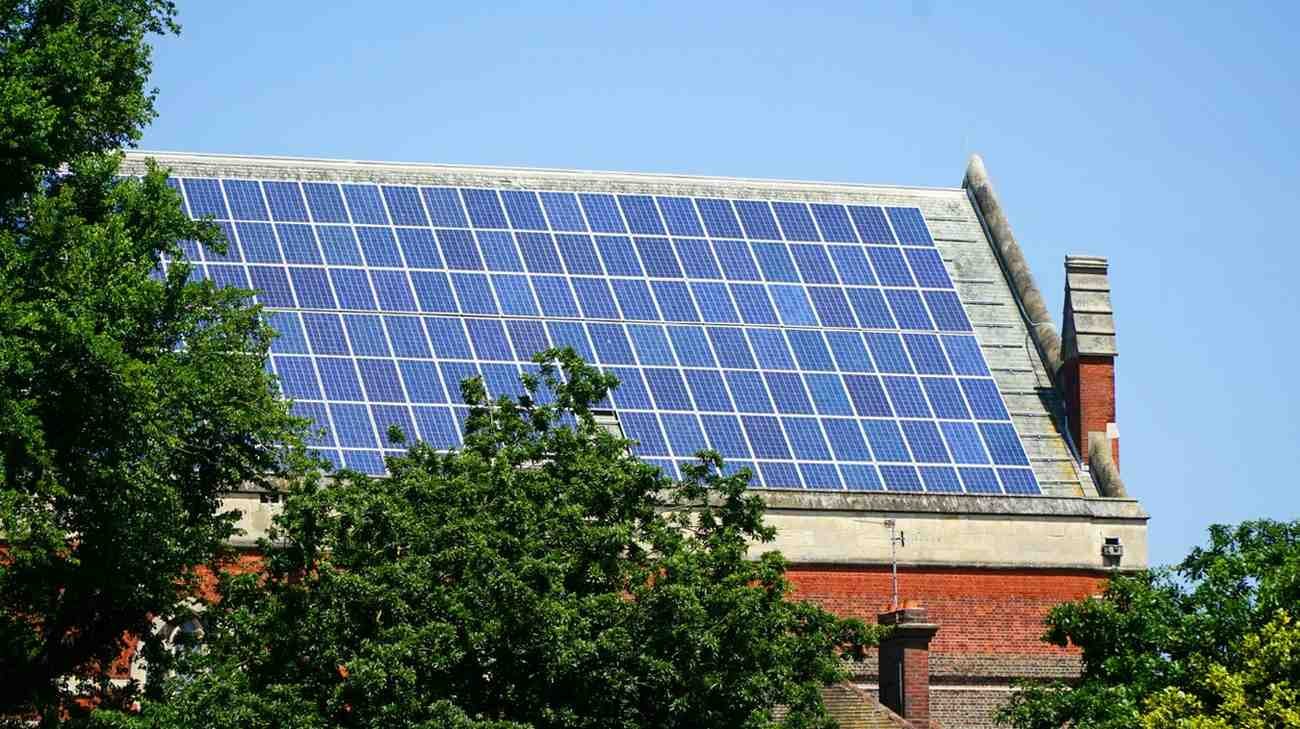How to Estimate Solar Panel Requirements for Your Home

Switching to solar is a smart financial and environmental move — but how many solar panels do you actually need? Here’s a step-by-step guide to help you estimate your system size before contacting a professional installer.
Step 1: Check Your Electricity Usage
Start by reviewing your monthly electricity bill. Look for your average energy usage in kilowatt-hours (kWh). Most homeowners use between 600–900 kWh/month. Divide this number by 30 to get your daily usage.
Example: If your bill says 900 kWh per month, your daily usage is 30 kWh.
Step 2: Find Your Peak Sunlight Hours
The amount of sunlight your panels receive daily depends on your location. Southern states like Arizona get around 6–7 hours per day, while northern states like New York may only get 3–4 hours.
Example: If you live in Texas, use 5 peak sun hours as an average.
Step 3: Estimate the System Size You Need
Use this formula to estimate the solar capacity required:
Daily energy usage (kWh) ÷ Peak sun hours = System size (kW)
Example: 30 kWh/day ÷ 5 hours = 6 kW system
Step 4: Convert kW to Number of Panels
Most modern solar panels generate between 350–450 watts. Divide your system size by your panel wattage to get the number of panels you’ll need.
Example: 6,000 watts ÷ 400 watts = 15 panels
Step 5: Adjust for System Efficiency
Inverters and system losses reduce efficiency by about 10–20%. So it’s smart to add a 10–15% buffer to your system size to stay on the safe side.
Conclusion
Estimating your solar panel needs is easier than it sounds. With your energy usage, sunlight hours, and basic math, you can get a close idea of how many panels you'll need — usually around 12–20 panels for most homes. Always follow up with a certified solar installer to confirm your exact requirements and take advantage of incentives in your area.